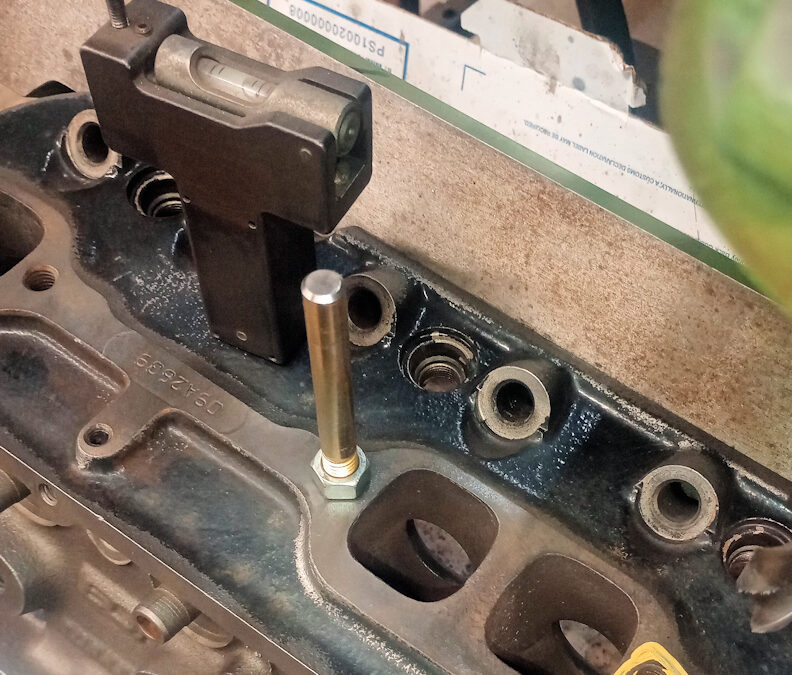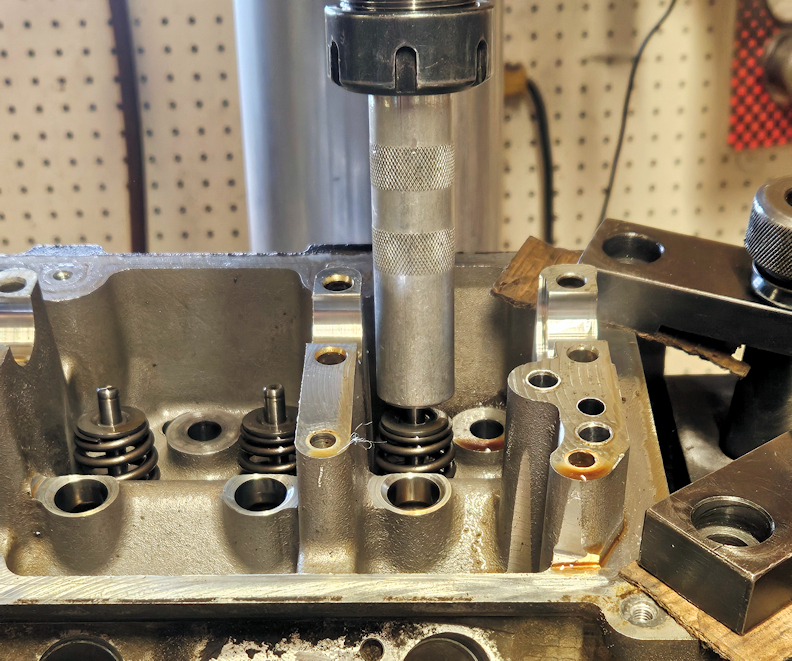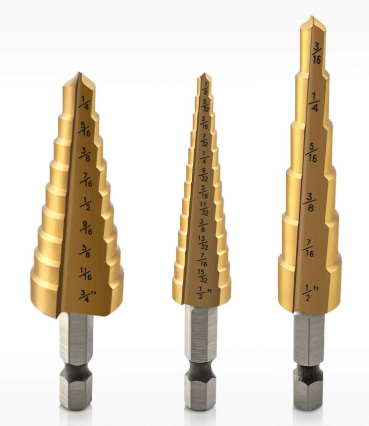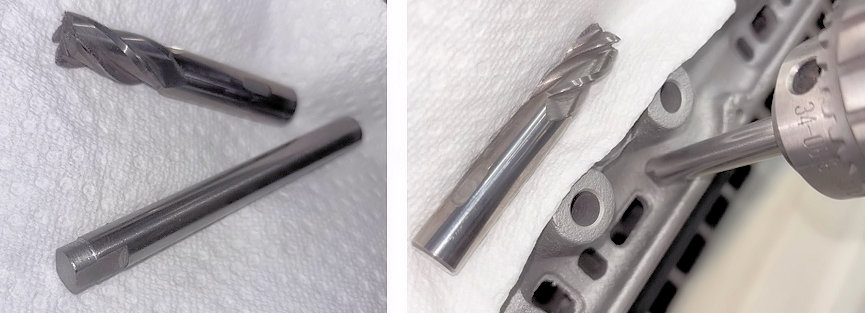
by Donnie Hurt | Aug 8, 2025 | OTHER SHOP WORK
When drilling to repair stripped holes, I often use the VGS seat & guide machine. I made this little pilot to go in a good hole and level it up against the spindle, this one is 3/8-16, and I also have one made to go in 7/16 stud holes. I tipped it in the valve...

by Donnie Hurt | Aug 1, 2025 | CYLINDER HEADS
We just modified a Lisle keeper removal tool to help with multi-groove keepers. I had to turn down the top on the lathe so it would fit into a ¾” collet. The hammer method doesn’t work well on 3 and 4-groove applications, and it’s not fun trying to...

by Donnie Hurt | Aug 1, 2025 | CRANKSHAFTS & CONNECTING RODS
When you’re balancing a crank and you go to make a smaller hole larger, the drill always wants to walk around the perimeter of the hole. I find that if I pre-drill to the correct size with a step drill, it eliminates this issue. Adney Brown Performance...

by Donnie Hurt | Jul 21, 2025 | TOOLING
An aluminum transmission’s mounting bolt hole needed to be spot faced after a TIG welding repair. The situation called for a Back Spot Face Cutter, however the size cutter needed was not available. To make a cutter, I turned a short section of threads off the...

by Donnie Hurt | Jul 21, 2025 | CYLINDER HEADS
Over the years we’ve all had to do screw-in stud conversions on small block Chevs. I made up a pilot by milling flats to fit the pushrod slot width and turned two different diameters to fit the two slot lengths they have. I used a 7/16 rod and milled the flat...








